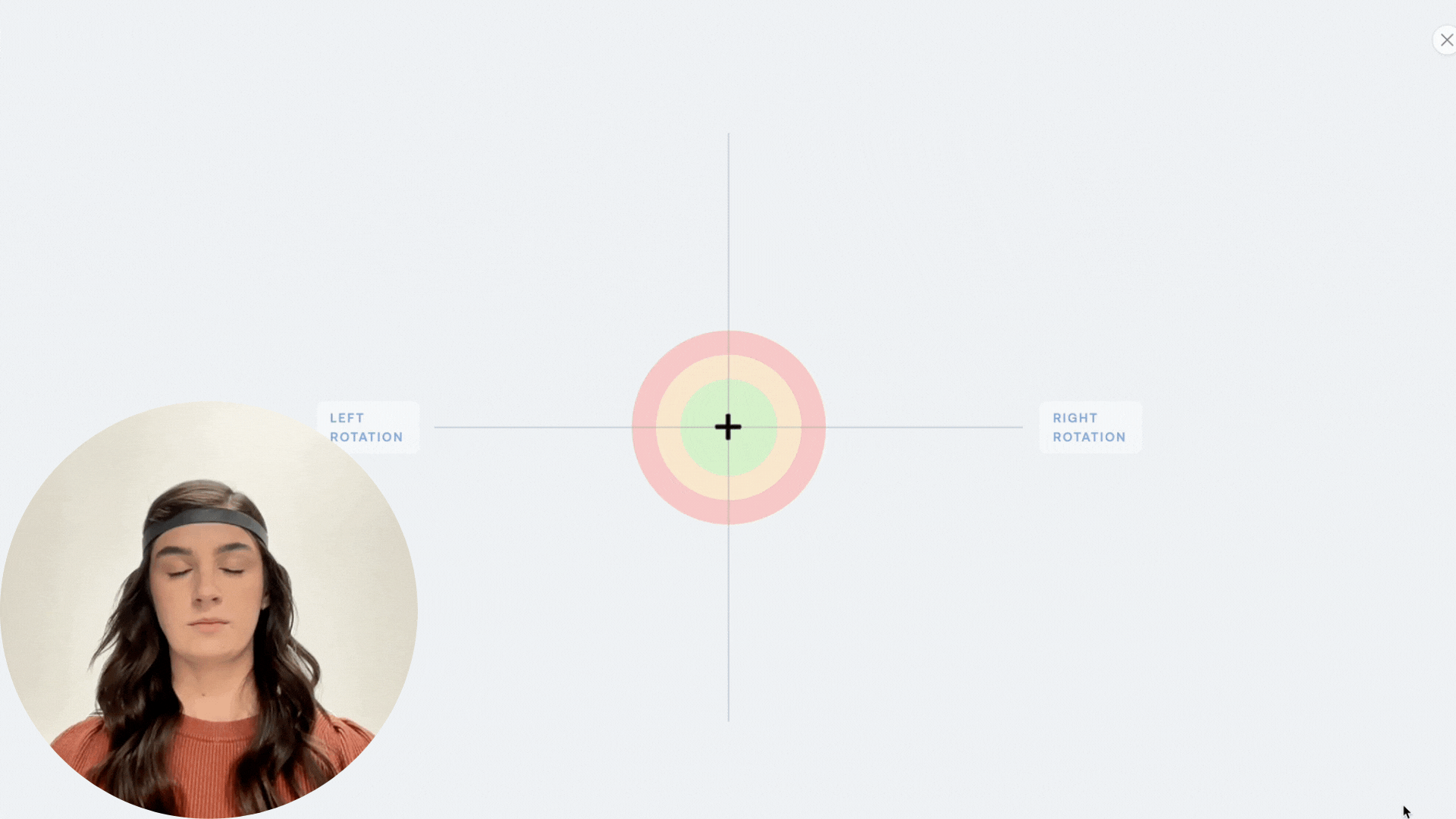What is cervical proprioception?
How proprioception can be a key factor in rehabilitating patients with dizziness, headaches and neck pain.

What is Proprioception?
Proprioception is the ability to sense the position and movement of our body without visual feedback.
The cervical spine works as a sensory system that relies heavily on mechanoreceptors, like muscle spindles, that detect mechanical changes within tissue. The proprioceptive information from the mechanoreceptors is transmitted through neural pathways, referred to as cervical afferents, to the central nervous system. The cervical afferents also have unique connections to the visual and vestibular systems through reflex pathways and direct neural connections.

Key components of cervical proprioception
01
Muscle spindles
Neck muscles, particularly the deep cervical muscles, have the highest muscle spindle density of all the muscles in the body. This high density is responsible for the sophisticated proprioceptive feedback in the cervical spine.
02
Joint position sense
Joint position sense refers to the ability to perceive the static position of a joint. It is essential for maintaining posture when the body is stationary or moving slowly.
03
Movement sense
Movement sense refers to the ability to detect joint or limb movement, including the direction, speed and amplitude of motion. It plays a crucial role in executing smooth and coordinated movements.
